The Balloon Flower, scientifically known as Platycodon grandiflorus, is a charming plant that boasts inflated buds that can be popped for fun. Moreover, they make excellent cut flowers. They come in a variety of blue-violet, pink, and white colors, with shorter versions being ideal for rock gardens and containers. During autumn, the foliage turns a beautiful clear gold color. These plants prefer sunny locations with at least eight hours of daily sunlight and well-draining soil with a pH range of 5.5 to 7.5. Caring for them is a breeze, and irrigation is usually not necessary. They can be propagated by seed, stem cuttings, or division and are generally pest and disease-resistant, although root rot and snails or slugs can be a problem. One popular variety of Balloon Flower is the ‘Astra Blue.’

The Double Balloon Flower, also known as the ‘Astra Blue’ variation of Platycodon grandiflorus, is a delightful plant that blooms with large and stunning blue flowers on small and compact bushes during the late summer. With a maximum height and width of only 8 inches, it’s an excellent choice for those who have smaller gardens. This plant can thrive in zones 4-9 and is a popular choice among gardeners who appreciate its unique charm.

Are you on the hunt for something that will make your garden stand out? Why not take a look at Platycodon grandiflorus ‘Hakone Blue’? This plant is a sight to behold with its stunning double blue flowers that bloom during the summer months. It’s also a pretty big plant, reaching up to 24 inches in height and spreading around 18 inches wide. If you decide to give it a go, keep in mind that it’s best suited for planting in zones 4 through 8. Another fantastic choice is the ‘Sentimental Blue’ Balloon Flower.

The ‘Sentimental Blue’ variety of Platycodon grandiflorus is a beautiful plant that boasts stunning purple-blue flowers in the late summer. Its petite stature, measuring only 12 inches in height and 18 inches in width, makes it a perfect addition to any garden space. This particular plant grows best in zones 4-9. If you’re interested in companion plants, Sedum would pair nicely with it.

The sedum plant is an excellent choice for individuals seeking visually appealing and low-maintenance foliage. It boasts year-round beauty, starting with its springtime blooms and continuing throughout the growing season. In winter, despite its leaves dying, it remains an attractive addition to any garden. Sedums are highly resilient and require minimal care, making them an ideal option for busy gardeners. Moreover, they are favored by butterflies and bees. With a variety of options ranging from tall stems that can reach over 2 feet to low-growing groundcovers, there is a sedum plant suitable for every need. However, it should be noted that while groundcover varieties excel at suppressing weeds, they may not be appropriate for high-traffic areas. Smaller sedums can thrive in pots or as houseplants. All in all, the sedum plant is a versatile and stunning addition to any garden.

Helenium is a fabulous flowering plant that adds a pop of color to your garden during the later months of the year. Its daisy-like flowers come in a range of hues such as yellow, brown, and mahogany, making it an ideal addition to any garden. The hybrid varieties are particularly great for cutting and can last longer with regular deadheading. It’s also recommended to divide the clumps every few years to ensure their vitality and health.

Daylilies are low-maintenance plants that require little attention and can often be found growing naturally in fields and ditches. Despite their toughness, they produce stunning trumpet-shaped flowers in a wide variety of colors, with over 50,000 hybrid cultivars available in different sizes and heights. Some daylilies even have a pleasant scent. Although each bloom only lasts for a day, many high-quality cultivars have multiple buds on each stem, resulting in a prolonged blooming period if regularly deadheaded. The foliage of daylilies may be evergreen or deciduous. For your garden, you may also want to consider Coreopsis, another popular plant.

Coreopsis is a delightful garden plant that boasts an impressively long flowering period. Its charming daisy-like flowers are typically a vibrant shade of yellow, which proves irresistible to butterflies. Depending on the variety, coreopsis may produce golden-yellow, pale yellow, pink, or multicolored blooms. You can enjoy its beautiful flowers from early to midsummer, with the potential for an extended blooming period if you regularly remove dead flowers.

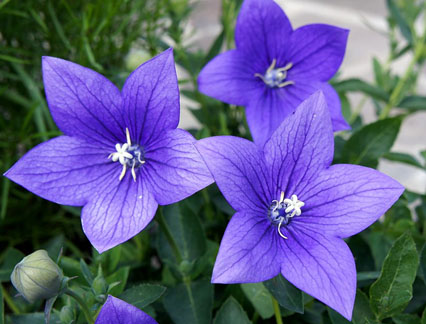
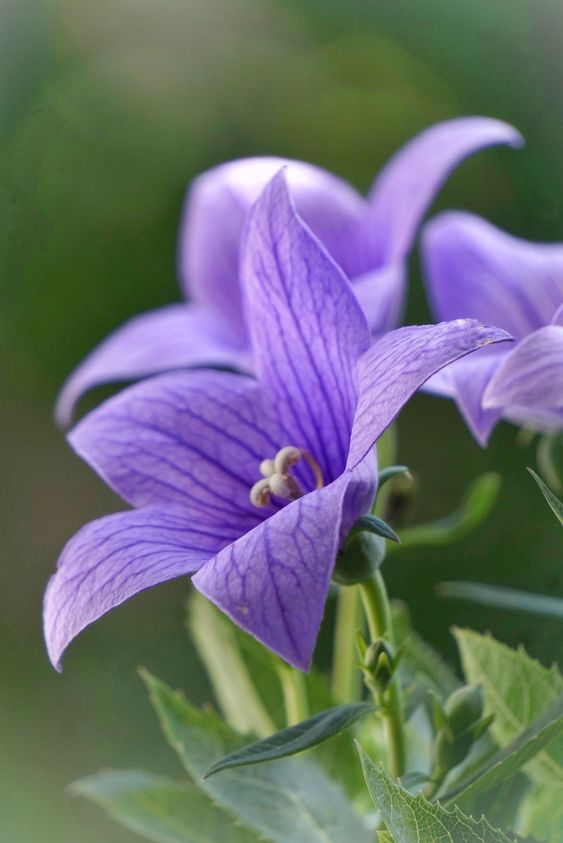
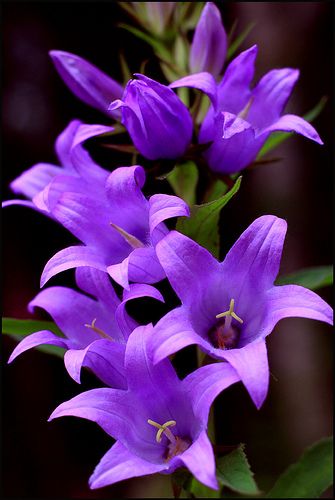
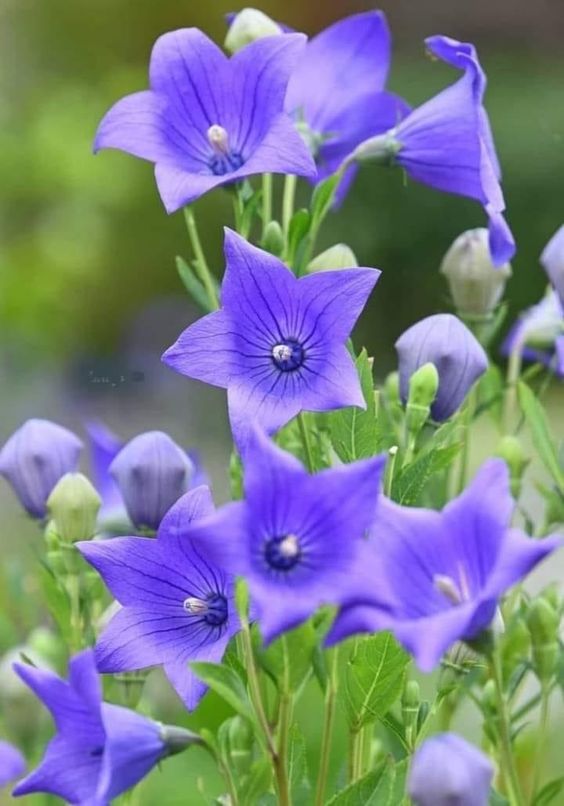
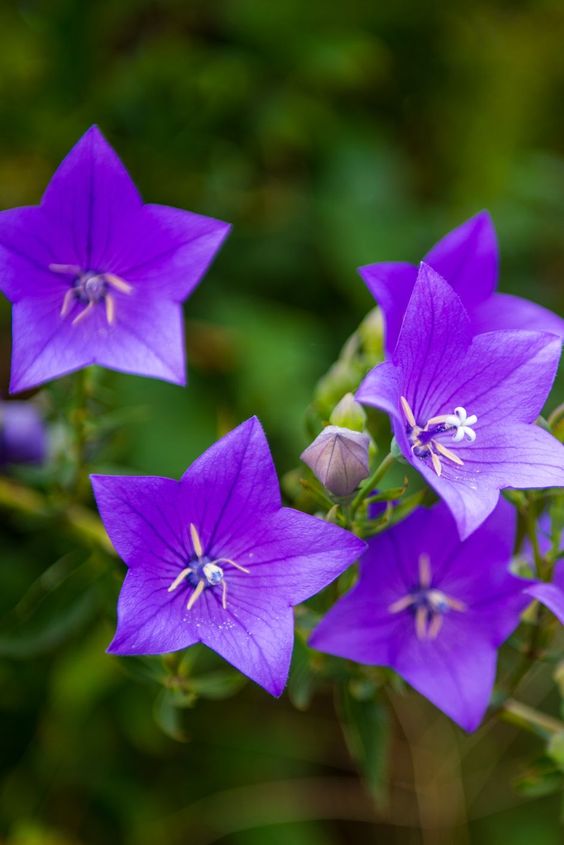
Credit: Pinterest
Source: Garden Enthusiast
